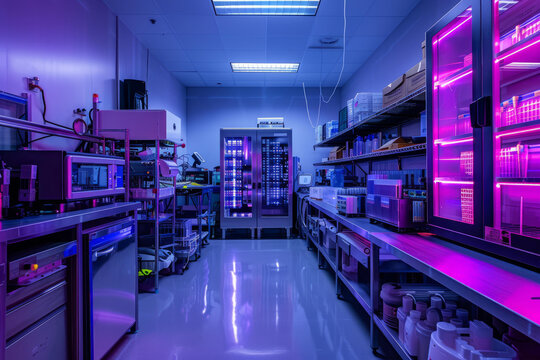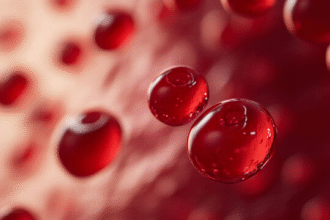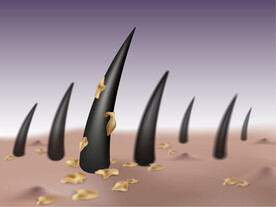Tissue and Cell Technology
Tissue and cell technology encompasses a wide range of bioengineering techniques that apply modern theories and methods from cell biology, developmental biology, genetics, and molecular biology. These techniques enable genetic manipulation at the cellular level, reorganizing cell structures and contents to alter the structure and function of organisms.
Key Points
- Tissue and cell technology integrates advanced biological methods to manipulate organisms at the cellular level.
- Techniques include cell fusion, nuclear-cytoplasmic transplantation, and tissue culture.
- Applications span agriculture, medicine, and biotechnology.
- Enables rapid reproduction and cultivation of desired new species.
Foundations of Tissue and Cell Technology
- Cell fusion:
- Combines cells from different species to create hybrid cells with desired traits.
- Applications in monoclonal antibody production and hybrid plant development.
- Nuclear-cytoplasmic transplantation:
- Transfers nuclei between cells to study nuclear-cytoplasmic interactions.
- Used in cloning and developmental biology research.
- Chromosome and gene transplantation:
- Introduces specific chromosomes or genes into target cells.
- Facilitates genetic studies and trait enhancement.
- Tissue and cell culture:
- Cultivates cells or tissues in controlled environments.
- Supports research in drug development, regenerative medicine, and genetic engineering.
Applications of Tissue and Cell Technology
Medicine
- Regenerative medicine:
- Development of tissue-engineered organs and cell-based therapies.
- Examples: Skin grafts, cartilage repair, and stem cell therapies.
- Cancer research:
- Culturing cancer cells to study tumor biology and test treatments.
- Gene therapy:
- Correcting genetic disorders by introducing functional genes into cells.
Agriculture
- Crop improvement:
- Development of disease-resistant and high-yield crops through cell culture.
- Examples: Somatic hybridization in plants.
- Animal breeding:
- Enhancing livestock traits through cellular and genetic techniques.
Biotechnology
- Monoclonal antibody production:
- Hybridoma technology for producing specific antibodies.
- Industrial applications:
- Culturing cells for enzyme production, biofuels, and bioplastics.
Challenges and Future Directions
- Challenges:
- Ethical concerns over genetic manipulation and cloning.
- Technical limitations in scaling tissue engineering for clinical use.
- Future directions:
- Advances in 3D bioprinting for organ fabrication.
- Integration with CRISPR and synthetic biology for novel applications.
- Development of personalized medicine using patient-derived cells.
Patient and Public Education
- Promote awareness of the benefits and safety of tissue and cell technology.
- Encourage informed discussions on ethical and societal implications.
- Highlight the role of these technologies in advancing healthcare and agriculture.
Tissue and cell technology continues to revolutionize biotechnology and medicine, offering innovative solutions to global challenges in health, agriculture, and industry.







